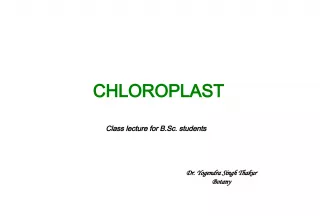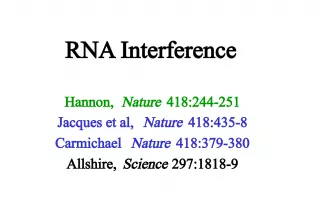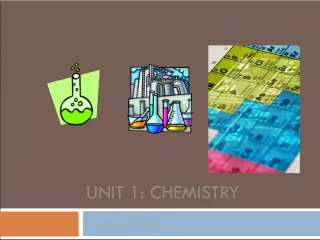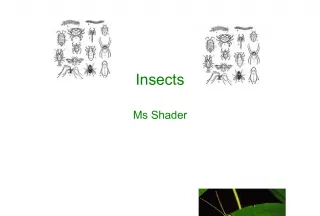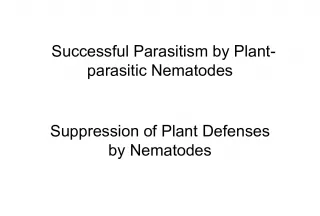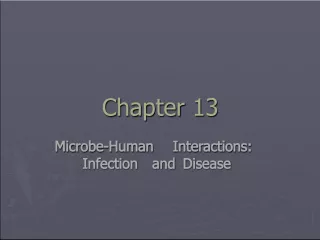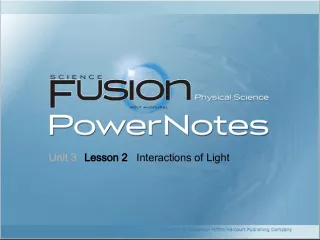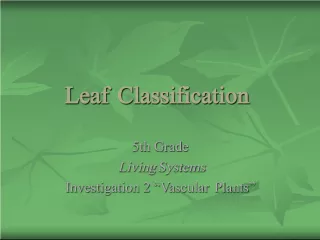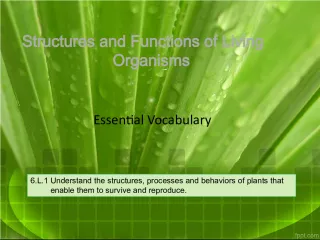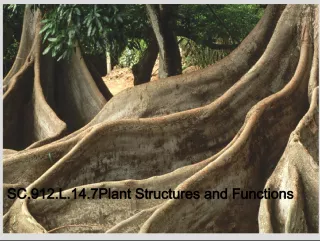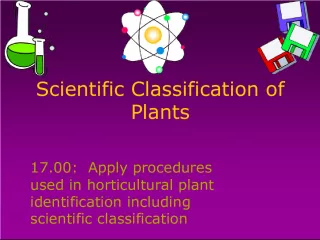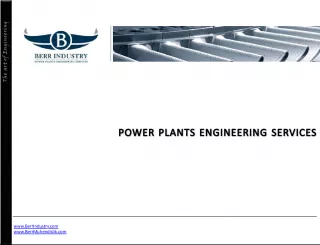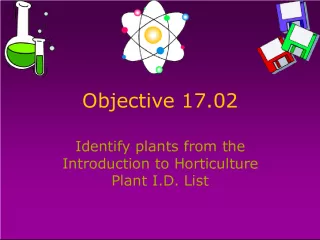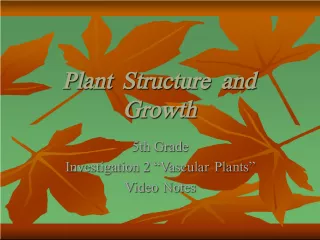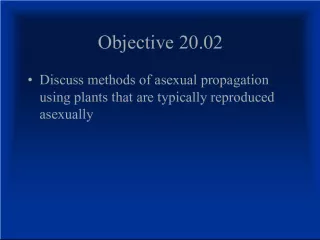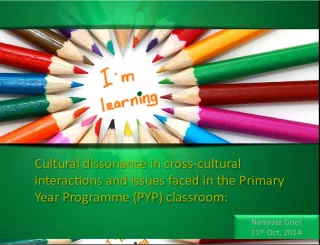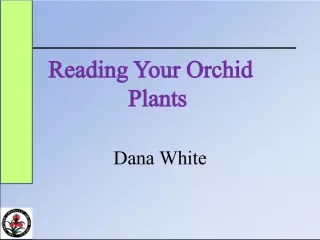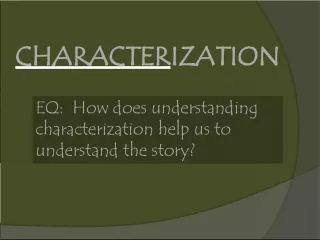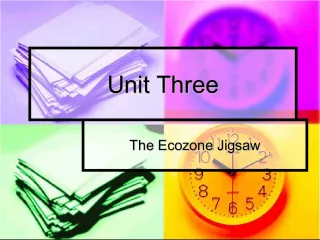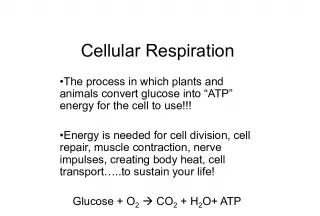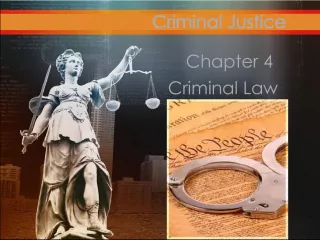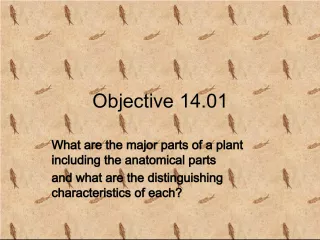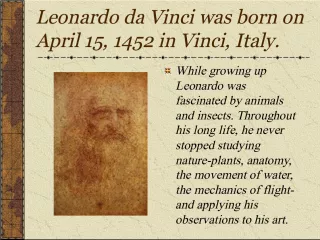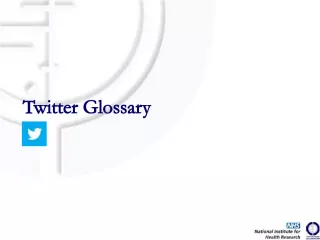Understanding the Interactions between Plants and Insects
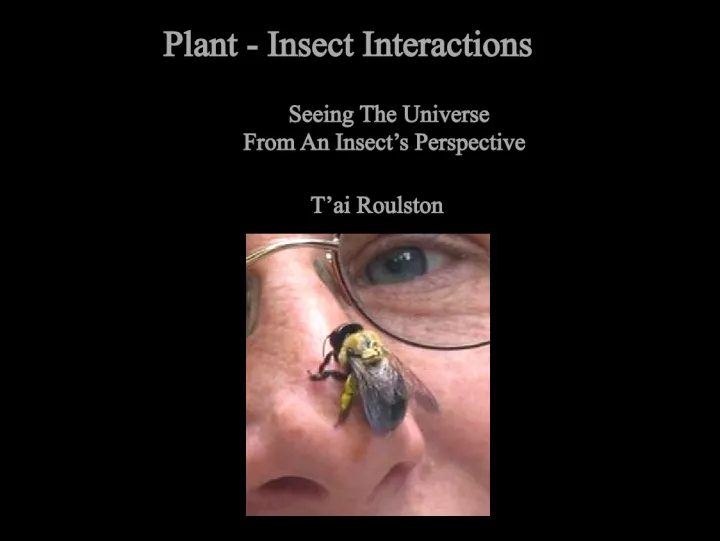

This article explores the complex and intricate relationship between plants and insects. From the perspective of insects, we examine how they perceive the world around them and their role in the pollination process. Additionally, we explore the challenges that both plants and insects face, including herbivory, seed dispersal, and avoiding predators.
- Uploaded on | 0 Views
-
 kiarahoppe
kiarahoppe
About Understanding the Interactions between Plants and Insects
PowerPoint presentation about 'Understanding the Interactions between Plants and Insects'. This presentation describes the topic on This article explores the complex and intricate relationship between plants and insects. From the perspective of insects, we examine how they perceive the world around them and their role in the pollination process. Additionally, we explore the challenges that both plants and insects face, including herbivory, seed dispersal, and avoiding predators.. The key topics included in this slideshow are Plant-insect interactions, pollination, herbivory, seed dispersal, predator avoidance,. Download this presentation absolutely free.
Presentation Transcript
1. Plant - Insect Interactions Seeing The Universe From An Insects Perspective Tai Roulston
2. The problems faced by animals that eat plant products Get Food Find Mates Avoid Being Eaten
3. The problems faced by plants Get Pollinated Disperse Seeds Avoid Being Eaten
4. Insect Plant How Insects Affect Plants Positive Negative Pollination Herbivory
5. Insect Plant How Insects Affect Plants Positive Negative Frugivory - seed destruction Photo:Benoit Guenard Seed dispersal
6. Insect Plant How Insects Affect Plants Positive Negative Predation/ Parasitism
7. Insect Plant How Insects Affect Plants Positive Negative Photo: Marin Rice jeffcogardener.blogspot.com cirrusimage.com Anti-predator defense
8. Insect Plant How Insects Affect Plants Positive Negative Spread disease Photo: Jude Boucher Cucurbit Yellow Vine Disease squash bugs
9. Plant Performance Insect 1 Insect 4 Insect 3 Insect 2 Net Effect = Sum of Interactions Implications for both agriculture and ecosystems
10. Physalis longifolia study system Mary McCauley, Berea College (2004); Maggie Triska, Viterbo University (2005); Jacob Elstein, Virginia Tech (2005); Cedric Jones, Howard University (2006); Brandon Lingbeek, Calvin College (2007); Linnea Meier, Earlham College (2008); Alysia Soper, Luther College (2008); Ricky Rivera, UPR-Bayamon (2009); Stephanie Cruz-Maysonet, UPR-Bayamon (2010)
11. Seed Production Flower Production Fruit Induction Fruit Maturation Stored Energy Specialist Generalists
12. Why might specialists be important? Specialist foraging strategy or generalist strategy if the generalist acts as a temporary specialist Generalist foraging strategy when several acceptable hosts
13. Tracking Pollinators
14. Recapture and movement of specialist and generalist pollinators of Physalis during 2004 and 2005
15. Plot Visits per Survey Hour for Each Species Colletes Lasiogl. Augochl. Epeolus Bombus Visits per Survey Hour 0 1 2 3 4 5 6 7 July 7-14, 2004 July 15-22, 2004 July 23-30, 2004
16. Number of flowers visited per plot visit per species Species Colletes Augochl Lasiogl. Epeolus Flowers visited per plot visit 0 1 2 3 4 5 6
17. Colletes Lasioglossum Augochlorinae Proportion Fruits Initiated from Single Visits 0.0 0.2 0.4 0.6 0.8 1.0 p < 0.05 Fruit Initiation From Single Visits
18. Pollinator Conclusions The specialist prevails in abundance flowers visited pollination efficiency pollen dispersal
19. Seed Production Flower Production Fruit Induction Pollen Deposition Fruit Maturation Stored Energy Pollinators
20. Initially Interested in Pollination
21. What Governs Presence of Herbivore? Susceptible Genotypes? Induced defenses? Predation?
22. Survival to Mature Larva of 10 Lema Placed on 10 Caged and 10 Uncaged Plants NOTE TO SELF --THESE PICTURES DO NOT DISPLAY REU student Brandon Lingbeek
23. One cause of mortality to Lema eggs Q1: Early season decline not explained by late season predators or parasites. Nocturnal predators? Plant is saved by whatever is controlling early herbivores.
24. Seed Production Flower Production Fruit Induction Foliar Herbivory Frugivory Pollen Deposition Fruit Maturation Stored Energy Parasitism Predation Predation Interaction web for Physalis longifolia Parasitism
25. Development of Symmetrischema sp.
26. Seed Production Flower Production Fruit Induction Foliar Herbivory Frugivory Pollen Deposition Fruit Maturation Stored Energy Parasitism Predation Predation Interaction web for Physalis longifolia Parasitism Florivory
27. Part 2. How Do Plants Affect Insects?
28. Bee Diversity and Plant Utilization Patterns 20,000 spp worldwide 140 (so far) at Blandy Center of Diversity: arid areas southwestern USA, Mediterranean Diet: pollen and nectar
29. Development of the sweat bee Lasioglossum zephyrum
31. Variation in Pollen Chemistry Constituent Max Min % Starch 23.7 0 Calories/g 6750 4407 % Protein 60 2.5 Amino acid variation: ?? Toxicity??
32. Ongoing Research: Understand the plant traits that influence insect foraging decisions, and the results of those foraging decisions on insect development
33. What Is Known About Pollen - Bee Interactions? Extremely important Pollen varies in many ways Bees make flower choices based on accessibility nectar reward floral color floral odor Q2: Do bees recognize quality and adjust choice? What are the characteristics of quality? What plants (either natives or invasives) may best support wild pollinator populations?
35. Specific Possible Avenues for Inquiry Herbivory on wild tomatillo: What early season factors protect the plant from an enemy that could destroy all of it? Foraging Cues: What pollen traits influence larval development and body size in bees? Do bees recognize them?
36. The End
38. Research Areas Why pollinators choose the plants they do Nutritional quality of pollen The implications of foraging choices of pollinators on success of their host plants Why herbivores choose their host plants What governs herbivore populations Potential Applications Understanding how to promote wild pollinators in agriculture Understanding ecosystem level processes to control pests
